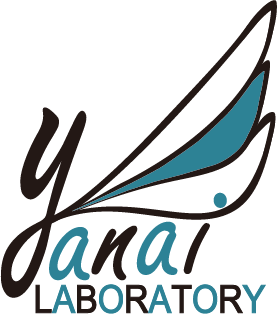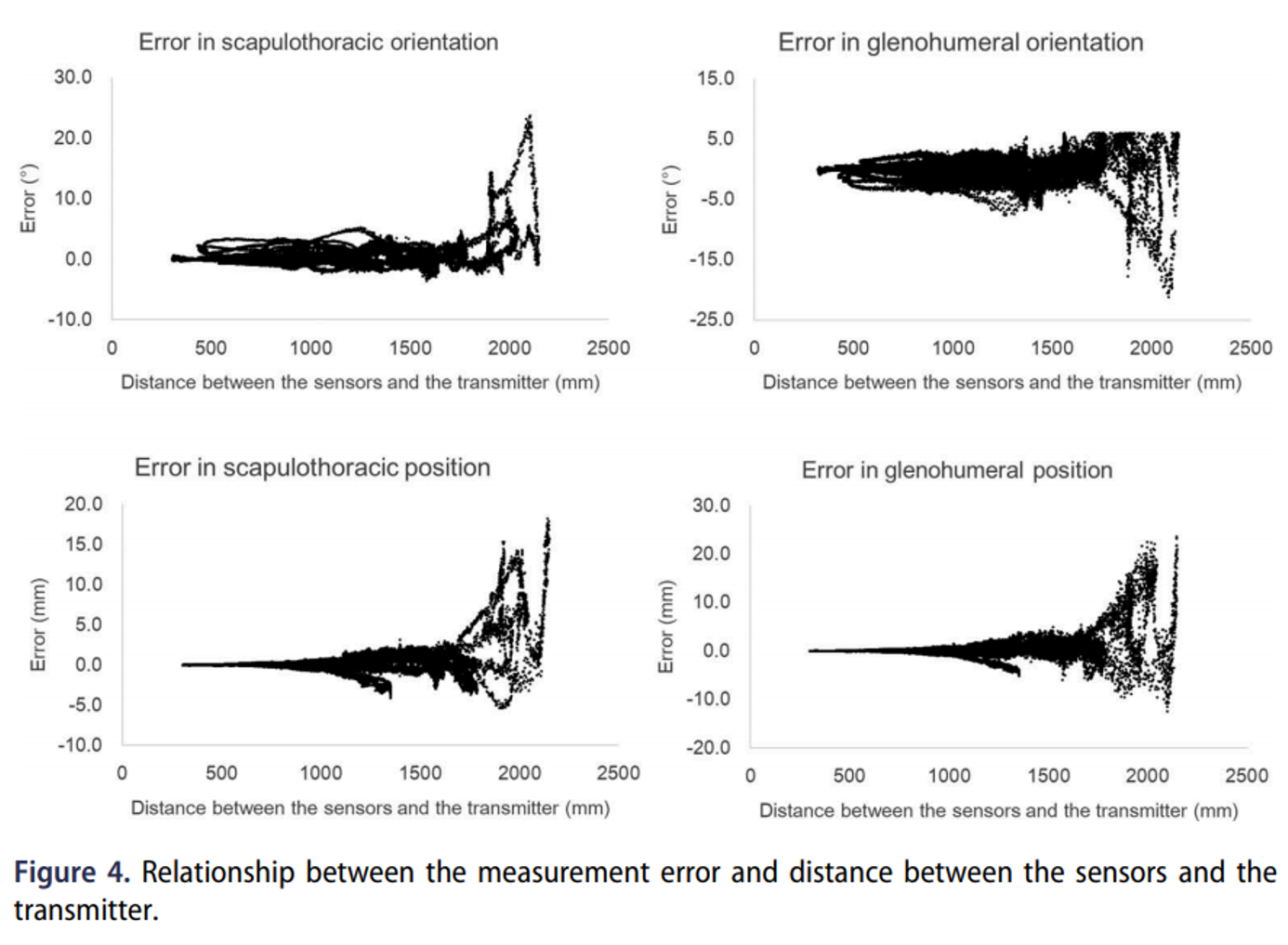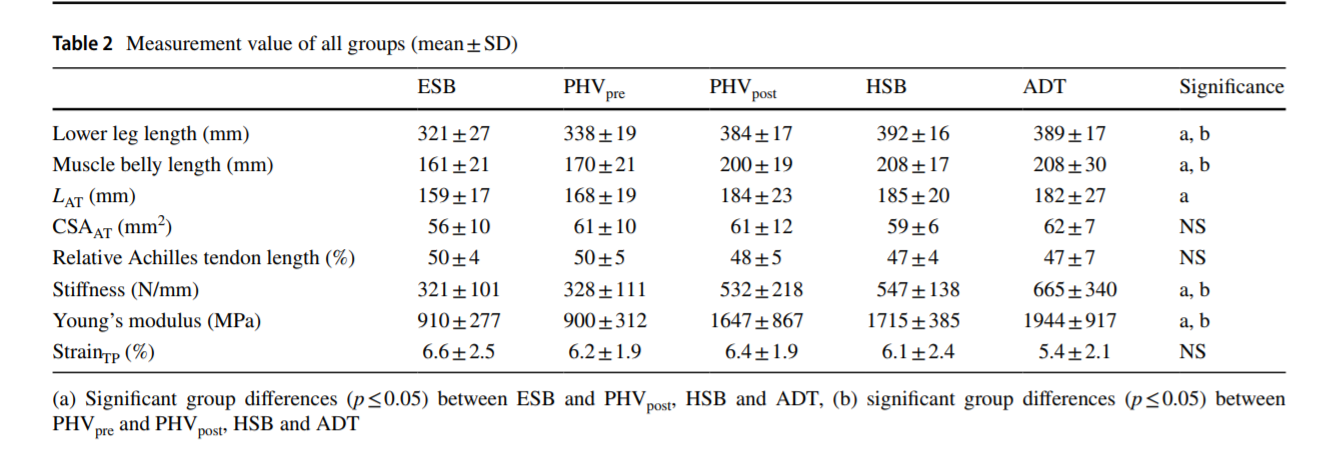Du Tanghuizi, Toshimasa Yanai 《Sports Biomechanics, 2020, 1-13》
KEYWORDS: Electromagnetic tracking device; methodology; kinematics
Yasuyoshi Mogi, Suguru Torii, Yasuo Kawakami, Toshimasa Yanai 《European Journal of Applied Physiology / 118 (1)/2018》
Purpose: This study aimed to elucidate growth pattern of mechanical properties of the Achilles tendon and to examine if imbalance between growth of bone and muscle–tendon unit occurs during adolescence.
Methods: Fourteen elementary school boys, 30 junior high school boys, 20 high school boys and 15 male adults participated in this study. Based on estimated age at peak height velocity (PHV), junior high school boys were separated into two groups (before or after PHV). An ultrasonography technique was used to determine the length, cross-sectional area, stiffness and Young’s modulus of Achilles tendon. In addition, the maximum strain in “toe region” (strainTP) was determined to describe the balance between growth of bone and muscle–tendon unit.
Results: No group difference was observed in length, cross-sectional area and strainTP among the groups. However, stiffness and Young’s modulus in after PHV groups were significantly higher than those of elementary school boys and before PHV groups (p ≤ 0.05).
Conclusions: These results indicate that mechanical properties of Achilles tendon change dramatically at and/or around PHV to increased stiffness. The widely believed assumption that muscle–tendon unit is passively stretched due to rapid bone growth in adolescence is not supported.
KEYWORDS: Growth, Stiffness, Young’s modulus, Muscle–tendon imbalance, Peak height velocity



